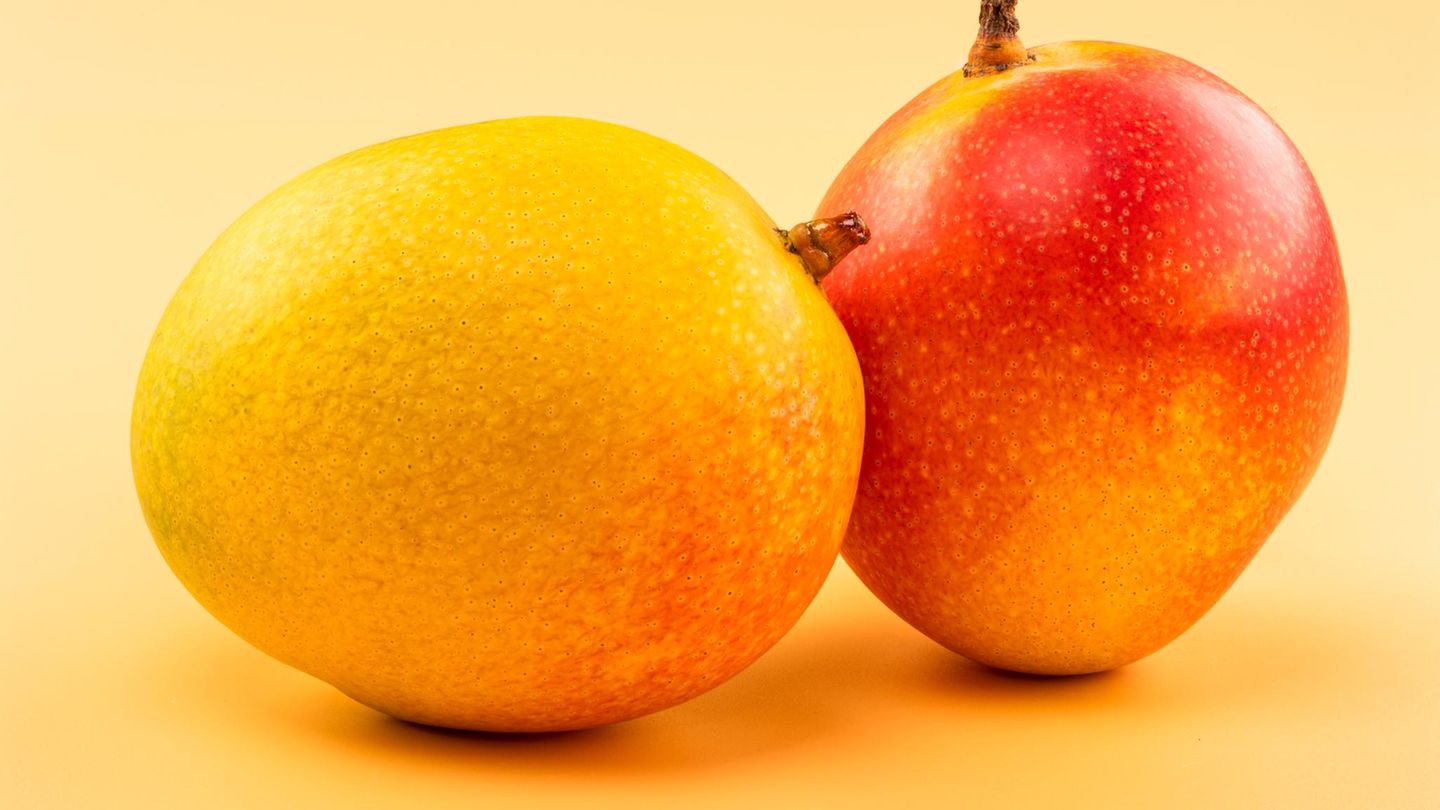I’m Caroline, a journalist and author for 24 Hours Worlds. I specialize in health-related news and stories, bringing real-world impact to readers across the globe. With my experience in journalism and writing in both print and online formats, I strive to provide reliable information that resonates with audiences from all walks of life.
Menu
Vitamin content of a mango: How healthy is the popular fruit?
Categories
Most Read
Shaping your eyebrows: This is how you give your face more expression
October 14, 2025
No Comments
Happiness Research: Are Young Adults Unhappier Than Before?
October 14, 2025
No Comments
Assets: How to Protect Grandma’s House and Belongings
October 13, 2025
No Comments
Time change again: Why hasn’t it been abolished yet?
October 13, 2025
No Comments
PFAS: Greenpeace warns about eternal chemicals in fish and shellfish
October 13, 2025
No Comments
Latest Posts

Friendship with Trump could be embarrassing for FIFA boss Infantino
October 15, 2025
No Comments
analysis Infantino’s friendship with Trump could be embarrassing for the FIFA boss Gianni Infantino and Donald Trump get along great. However, Trump’s latest statement about

Wash your hands properly: You should know these facts and myths
October 15, 2025
No Comments
World Handwashing Day Facts and myths: This is what you should know about washing your hands Listen to article Copy the current link Add to

Major automaker will lose $1.6 billion due to Donald Trump’s policy against electric vehicles
October 15, 2025
No Comments
October 15, 2025 – 12:39 In recent years, the American manufacturer had allocated heavy investments and assumed contractual commitments for the development of its electrical
24 Hours Worlds is a comprehensive source of instant world current affairs, offering up-to-the-minute coverage of breaking news and events from around the globe. With a team of experienced journalists and experts on hand 24/7.

